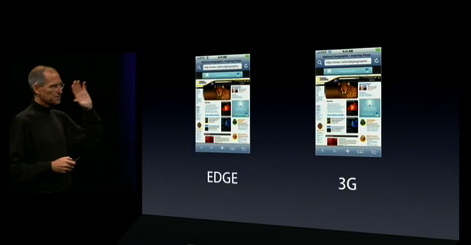Look at an organization which is doing great stuff in the world, and you’ll very likely see leadership which knows whereof it speaks. Not leadership who got there by doing something unrelated. I’ve written recently about leaders who know what they are doing because they’ve done it before they were leaders. Let’s call them "do it – know it – do it" leaders. These are folks such as Takeo Fukui (Honda) and John Heinricy (GM) as exemplars of this. My friend John Lilly of Mozilla is another good example, and the list goes on and on: Steve Jobs, Wendelin Wiedeking, A.G. Lafley — you get the picture.
Roger Penske is another exemplar of this ethos, as illustrated by this New York Times article from a few years ago. Here is a telling example of "do it- know it – do it" leadership at work, describing the scene around the Penske garages as Team Penske prepares to race at the Indy 500:
Early Friday, as crews prepared for the final practice before the
race, a Penske employee, wearing a crisp white shirt, black pants and
black shoes, stood outside the garage, using a paper towel to wipe down
barricades printed with Penske’s logo.
Most teams do not have
such barricades. Penske’s employees wear uniforms with embroidered
logos, not stitched-on patches. They share one big toolbox, but each
crew member has a drawer. Parts that can be polished are polished —
every day.
"The real success is in the details," Penske said as
he sat behind the desk in his motor home Friday. "I’ve tried to be a
leader by getting my own hands dirty."
Then he washes them.
Penske cannot say for sure that being fastidious off the racetrack
results in being fast on it. What he can say, though, is that he has
created a culture that has fostered loyalty. And loyal employees
produce results.
Executional excellence is one part of the story. Knowing which details to focus on is something that comes from experience in working in operational settings. Dirty trucks don’t show up on a P&L statement, at least not directly, but as a statement of brand integrity, they most certainly do over time. To have a sense for this, you’d have to get out of the boardroom and take a look around. But just looking isn’t enough. When you look, you need pattern recognition to see what is important, and that ability to see deeply can only be informed by relevant personal experience.
Morale and motivation and alignment are the other big wins of "do it – know it – do it" leadership environments. Al Unser Jr. is quoted in the article as saying ""He is the one car owner of all the car owners I drove for who truly understands what a driver is going through out there." Racing drivers put their existence on the line when they go out on the track, so it’s easy to understand the importance to them of having someone who understand what they’re going through, who will demand perfection in mechanical preparation as Penske does. But why shouldn’t that be the standard for any organization? If I’m going to ask you to do something, especially something really tough and hard such as creating something meaningful from a blank sheet of paper, shouldn’t I understand your task deeply enough to be able to do things that increase the odds that you will come out of it victorious and healthy and happy? Otherwise why would you take the plunge with me instead of with an organization with better odds of success.
If not for that, why are we all here?



